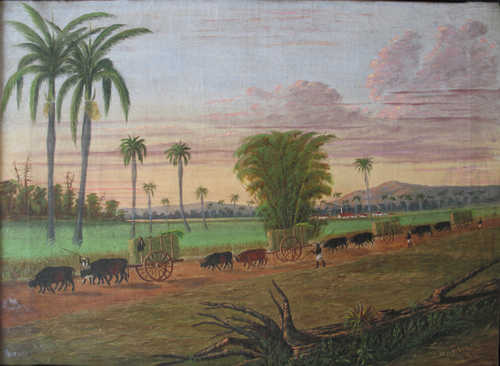Keywords: Trading
Item 102510
Aroostook Board of Trade organizes potato donation, Caribou, 1914
Contributed by: Maine Historical Society Date: 1914-11-16 Location: Bangor; Caribou Media: Ink on paper
Item 33325
Board of Trade clam bake, Biddeford Pool, 1903
Contributed by: McArthur Public Library Date: 1903-09-30 Location: Biddeford Media: Photographic print
Item 50770
32-34 Exchange Street, Portland, 1924
Owner in 1924: Board of Trade Building Assn. Use: Office
Item 151758
Walch Publishing office alterations, Portland, 1983-1987
Contributed by: Maine Historical Society Date: 1983–1987 Location: Portland Client: J. Weston Walch, Publisher Architect: Wadsworth Boston Mercer & Weatherill
Item 151695
Hannaford Brothers Warehouse, Portland, 1919-1920
Contributed by: Maine Historical Society Date: 1919–1920 Location: Portland Client: Hannaford Brothers Company Architect: John Calvin Stevens and John Howard Stevens Architects
Exhibit
Northern Threads: Colonial and 19th century fur trade
A vignette in "Northern Threads: Two centuries of dress at Maine Historical Society Part 1," this fur trade mini-exhibition discusses the environmental and economic impact of the fur trade in Maine through the 19th century.
Exhibit
When Europeans arrived in North America and disrupted traditional Native American patterns of life, they also offered other opportunities: trade goods for furs. The fur trade had mixed results for the Wabanaki.
Site Page
Lincoln, Maine - W.A. Brown: Jack of all trades
"W.A. Brown: Jack of all trades Responses from students in Mr. Koscuiszka's class can be viewed below: Amanda McIntyre "Research your topic and…"
Site Page
Brewer is the gateway to coastal communities and Acadia National Park. The city along with Bangor also serves as a trading and distribution center for the coastal areas and towns and cities to the north with the total region having a population of approximately 250,000 people.
Story
Maine and the Atlantic World Slave Economy
by Seth Goldstein
How Maine's historic industries are tied to slavery
Story
A Lifelong Romance with Retail
by George A Smith
Maine's once plentiful small retail stores.
Lesson Plan
Grade Level: 6-8, 9-12, Postsecondary
Content Area: Science & Engineering, Social Studies
This lesson presents an overview of the history of the fur trade in Maine with a focus on the 17th and 18th centuries, on how fashion influenced that trade, and how that trade impacted Indigenous peoples and the environment.
Lesson Plan
Primary Sources: The Maine Shipyard
Grade Level: 9-12
Content Area: Social Studies
This lesson plan will give students a close-up look at historical operations behind Maine's famed shipbuilding and shipping industries. Students will examine primary sources including letters, bills of lading, images, and objects, and draw informed hypotheses about the evolution of the seafaring industry and its impact on Maine’s communities over time.



















